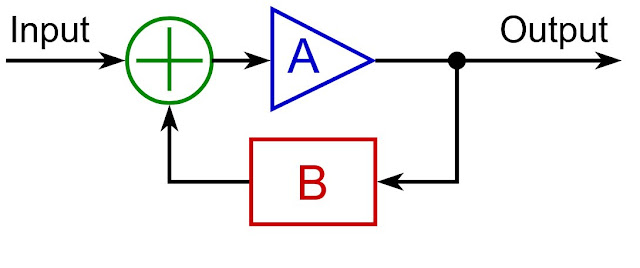Monday, April 29, 2024
5 Live Science Podcast — Artificial Pancreas
Wednesday, March 27, 2024
Nova Due in a Binary Star System, 3000 Light Years Away
 |
| Image credit: Geralt, public domain via Pixabay |
This BBC article provides more details.
Sunday, March 24, 2024
Ordnance Survey of Ireland Discovery Maps on Scoilnet
Friday, March 01, 2024
Recommended Books — Sticky

If you like science and physics, Sticky by Irish physicist and science writer Laurie Winkless is a fascinating read. In it, she delves into how glue and friction works, and explores dimples on golf balls, Speedo's shark-skin-inspired Fastskin swimsuits and why geckos can walk on walls! Available to order from Woodbine Books.
Wednesday, February 28, 2024
The Cloud and Data Clutter
 |
| Public domain image by 200 degreess on Pixabay |
The "Cloud" conjures up an image of a futuristic, esoteric, floating entity, high above our heads (I see the clouds in The Simpsons opening sequence!), but in reality, information from our smartphones and other devices stored in the cloud actually resides in data centres. These are big industrial buildings, with large numbers of racks or cabinets of servers, effectively hard drives or solid-state drives and their auxiliary networking and telecommunications hardware. To make data bulletproof, multiple redundancy is built into cloud storage so that any piece of data is duplicated over multiple systems, possibly in different geographical locations. In this clip from Today With Claire Byrne, Colm Ó Mongáin talks to technology journalist Adam Maguire about data clutter, old and hoarded files and the ever-increasing demand for more storage.
Friday, February 23, 2024
Electromagnetic Induction and the Force on a Conductor in a Magnetic Field
 |
A varying electrical current in the coil on the left produces a fluctuating magnetic field. This loops through the coil on the right, inducing an electrical current. Image by Ponor, CC BY-SA 4.0 via Wikimedia Commons. |
Electromagnetic Induction
Force on a Conductor in a Magnetic Field
Thursday, February 22, 2024
150 MWh of Battery Storage
 |
| Public domain image by Sandia National Laboratories via Wikimedia Commons. |
A new energy storage facility opened at the Poolbeg Power Station which according to The Irish Times has the ability to source 75 MW of power for two hours. Hopefully it'll act as a stop gap in times of energy need. For comparison, the pumped storage hydroelectric station at Turlough Hill in Wicklow can provide 292 MW of electricity from its four alternators (AC generators) for 6 hours (so the energy storage capacity is 292 MW x 6 = 1752 MWh)


